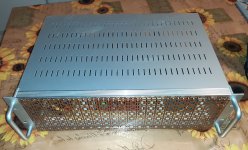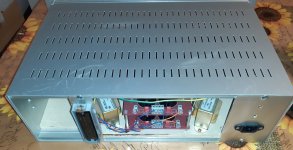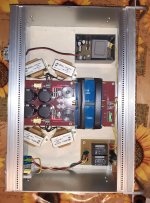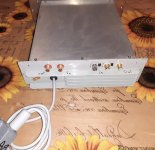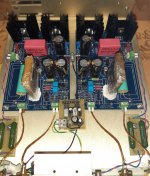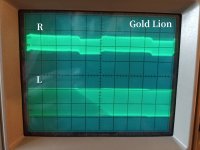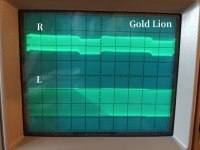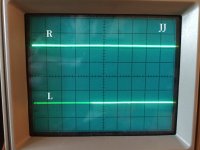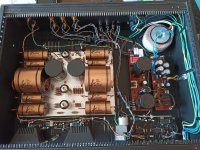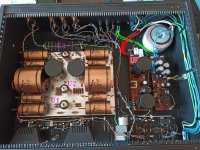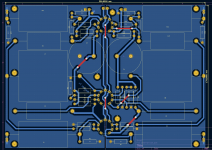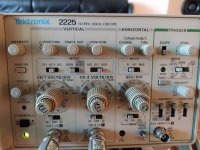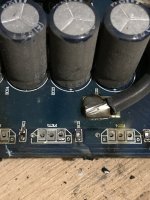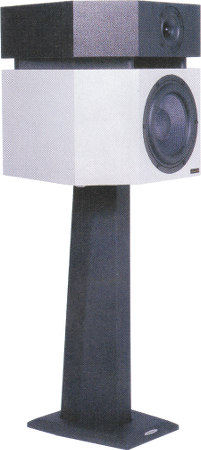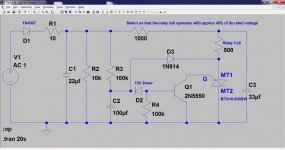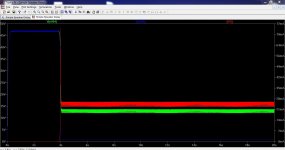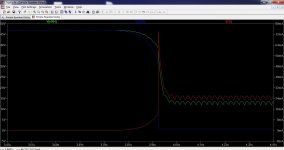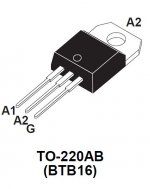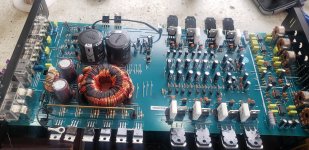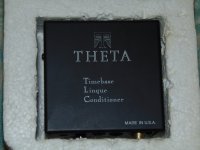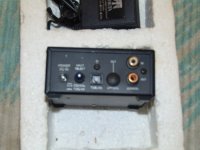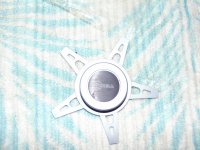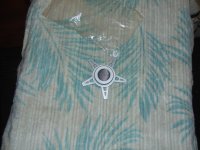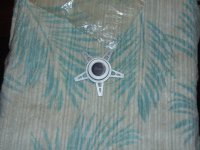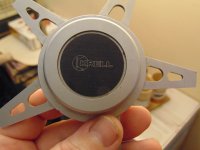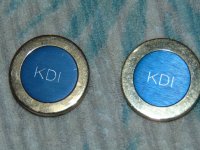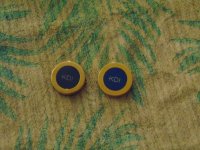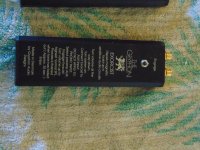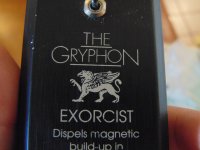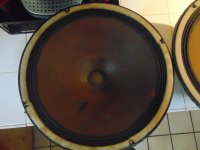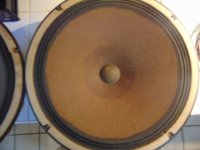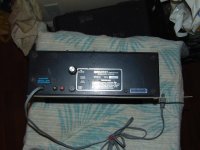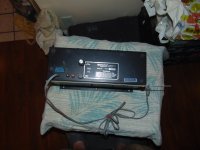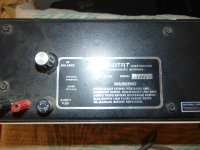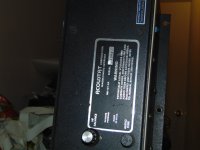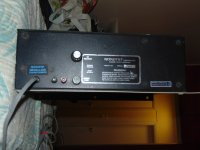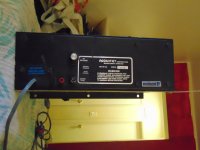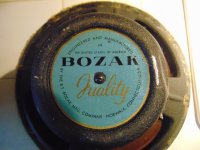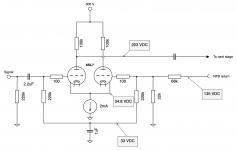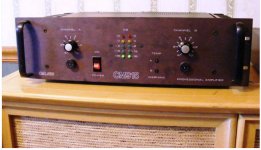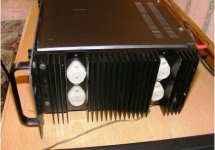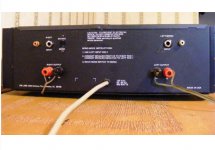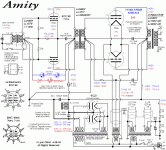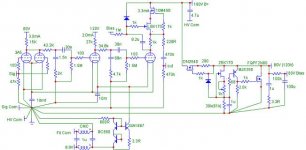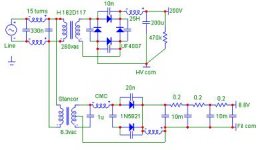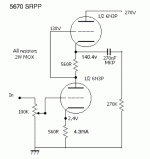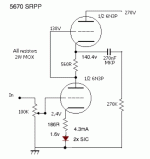For all you who like the beautiful sound of TDA1540s but have trouble playing CD-R then this small mod might help playback.
This is specifically for the Marantz CD73 and Philips CD303 however experience shows that so many players from this era have the same decoder setup.
I've been playing around with these players now for some time, and can suggest many other changes to improve sound reproduction, and many things
never to do even though they're on this site....
This focuses on the RF side on the top decoder board. People may suggest tampering with the mechanism however apart from a total re-cap I would highly advise against it.
This is for the SONY decoder board, the Philips board is described below.
Capacitors 22nf near the SAA7011 are nice big RF foil antennas, degrading the RF. Pull these out and swap them around (reverse the polarity) putting the high impedance on the inside where it should be. This is easy 5 minutes work.
Solder a cap (I used a 8.2pf mylar) to the top of the resistor (part 3552) next to the de-modulator SAA7011 on one leg(this also goes to pin 13 of the SAA7011) and the other leg of the cap to the cap (part 2655) that goes to the SONY daughter board..
Almost there... you might have to decouple the clock a tiny bit, maybe one or two turns anti-clockwise. This is the white screw thing next to the SAA7011. Be careful the screw thread is weak. Some SONY boards use a mismatch of components. If this is the case the cap can be soldered on the track side of the board.
This is for the Philips board, 2 bottom pictures:
This mod would be interesting to many owners of these CD players, not just the Marantz CD73 but Philips CD300, Marantz CD44, 74 ect. Pretty much any identical chipset.
Again 22nf foil Capacitors near the SAA7011 need swapping around (reverse the polarity) as described above. Yellow arrow.
Inside this Philips CD303 there is a resistor with a ferrite bead next to the 7010 Decoder. You need a 220pF cap to go from this resistor (not the bead side) and to RF ground.
Have a look at mine, there was a nice place to put it that makes it look factory. Red arrow.
This is where you play a CD with the top open and IF NEEDED carefully decouple the clock one or two turns anti-clockwise (green arrow). My suggestion is find a CD-R that is scratched and had no chance of playing before and put it in, when playing decouple the clock to improve playback. When satisfactory stop playback then press play. If the CD wont track initially then you have decoupled too much. Screw it back half a turn at a time and press stop and play again. Once it plays satisfactory then test the player with proper store bought discs to ensure all is good.
The second last picture shows the block diagram of the decoder board and the red arrows show the location to connect the capacitor. This will mainly help those who want to adapt this to a player that is not a CD73 or CD303.
The Last picture is a close up view of the Philips decoder board for easier reference. The Blue arrow shows the electrical connection of the capacitor.
While you're there why not a recap? I prefer Nichikon fine gold series. Especially the two that pass the audio to the OPAMPS. I have also found decoupling the DACs with 100nf WIMA caps to be an improvement also....
Hope this helps others enjoy the glory of these 14bit(noise shaped) players! Feel free to comment on results.
🙂
